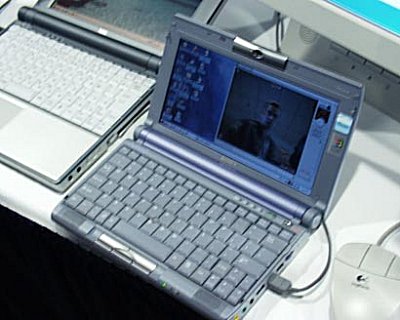Sharky Extreme heeft een verslag online gezet over de platform conferentie 2001, een soort beurs waarop bedrijven als AMD, VIA, Transmeta en Micron hun nieuwste speelgoed laten zien. AMD toonde daar onder andere het eerste dual Athlon moederbord, dat binnen een half jaar op de markt moet komen. Maar er was natuurlijk nog veel meer te zien, zoals een aantal oplossingen om de latencyproblemen van geheugen op te lossen; eDRAM, E-DRR en VCM:
We expect eDRAM or similar technologies to appear in high-end chipsets, but we don't expect eDRAM caches to become a PC standard, at least not anytime soon. eDRAM's huge advantage is that a chipset maker and a motherboard designer can make design choices to go with eDRAM without having to worry about where the memory industry will go. However, it can boost performance , but the performance will likely cost money.
Right now, we think the die size penalties of VCM will keep it from being adopted anytime soon. If any latency reducing technology becomes widely adopted in the next year or two, it will be E-DDR. It holds the potential to improve system performance without increasing DRAM prices significantly. However, we fear that royalties may negatively effect E-DDR's adoption.[break]Ook presenteerde IBM MXT, een soort PKZIP voor geheugen. De gegevens worden in chips die met MXT zijn uitgerust hardwarematig ge(de)comprimeerd waardoor er meer gegevens kunnen worden opgeslagen in dezelfde geheugencellen. Transmeta deed zoals elk jaar weer haar uiterste best om de Crusoe te promoten:[/break]In the end, Transmeta's unique power advantage is their ability to change voltage on the fly. This gives them better power usage than the competition, but not as dramatically better as we had though back when we first saw the Crusoe processor.

